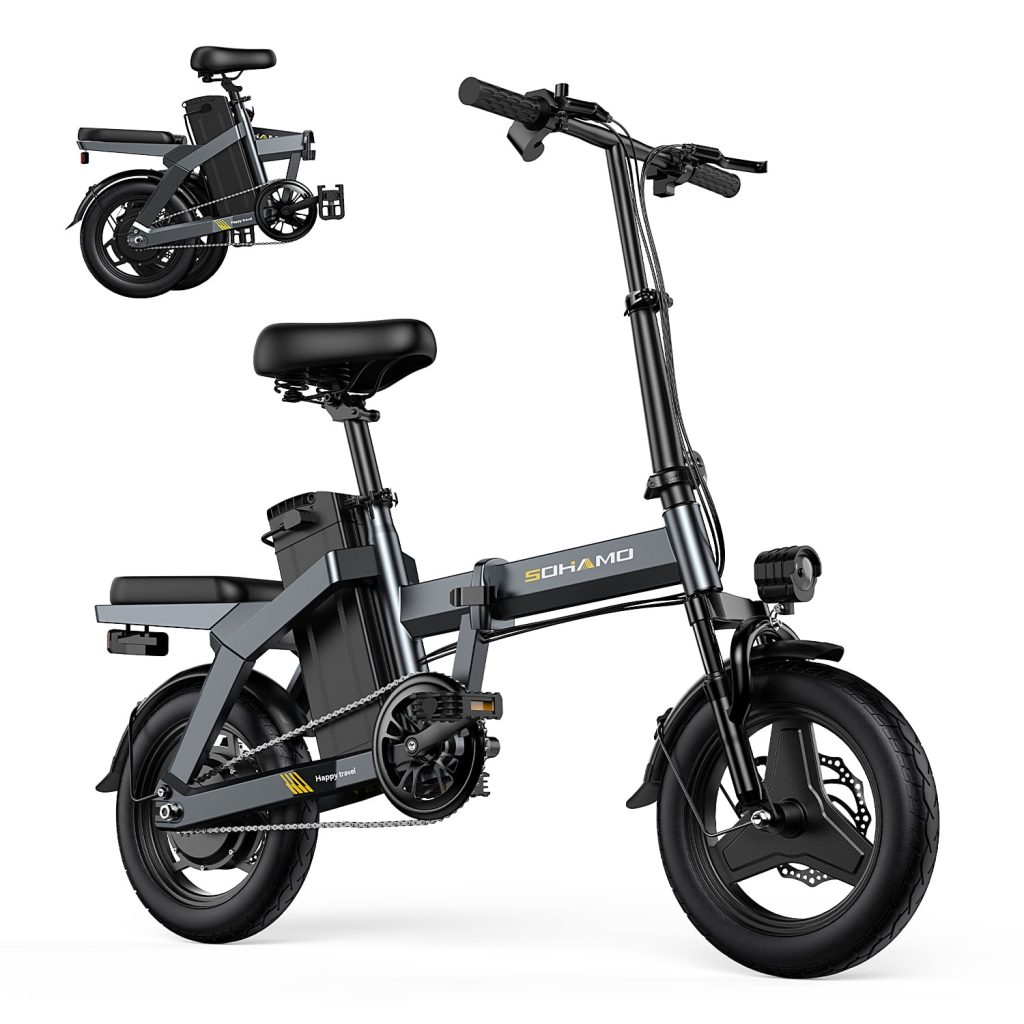Electric pedal-assist biking solutions are transforming the way people approach uphill struggles, turning what was once a daunting challenge into a smooth and enjoyable journey. Traditional cycling uphill requires considerable physical effort, often discouraging riders from tackling steep inclines or longer distances. However, with the integration of electric pedal-assist technology, cyclists now have the advantage of additional power that supplements their pedaling, making uphill climbs more manageable and less exhausting. This innovation is reshaping cycling experiences, encouraging more people to embrace biking as a practical, eco-friendly mode of transportation and a recreational activity. At the core of electric pedal-assist bikes is a motor that activates when the rider pedals, providing extra thrust without the need for manual acceleration. This assistance varies based on the rider’s input and the terrain, allowing for a personalized and responsive cycling experience. When approaching an uphill section, the motor kicks in to support the rider’s effort, reducing strain on the legs and conserving energy.

This feature is particularly beneficial for commuters navigating hilly urban environments or casual riders who want to extend their cycling range without fatigue. By alleviating the physical burden of climbing, pedal-assist bikes make cycling accessible to a wider audience, including older adults, people recovering from injuries, and those new to biking. Beyond making uphill rides easier, electric pedal-assist bikes contribute to smoother and more enjoyable journeys overall. The assistance provided by the motor helps maintain a steady pace and balance, especially on challenging gradients. Riders experience less stress and more confidence, which can translate into longer rides and increased frequency of use. This smoother riding experience also reduces the risk of accidents caused by sudden stops or loss of control when fatigue sets in. For many, the enhanced comfort and reliability of pedal-assist biking inspire a shift from relying on motor vehicles to choosing bikes for daily transportation, supporting healthier lifestyles and reducing carbon footprints. Moreover, the technology behind electric pedal-assist bikes continues to evolve, with improvements in battery life, motor efficiency, and lightweight materials.
Modern pedal-assist systems are designed to be intuitive and easy to operate with high-capacity battery, with adjustable levels of assistance that riders can customize according to their preferences and needs. This adaptability means that users can choose minimal assistance on flat terrain and higher support when facing steeper climbs, ensuring an efficient use of battery power and maximizing ride enjoyment. The growing availability and affordability of these bikes are also encouraging more people to consider them as viable alternatives to traditional bicycles or cars. In conclusion, electric pedal-assist biking solutions are revolutionizing uphill cycling by transforming tough climbs into smooth, manageable rides. This technology enhances accessibility, comfort, and safety for cyclists of all skill levels, promoting a more sustainable and active lifestyle. As pedal-assist bikes become increasingly popular, they have the potential to reduce traffic congestion, lower emissions, and foster healthier communities, all while making every uphill journey feel like a downhill glide.


